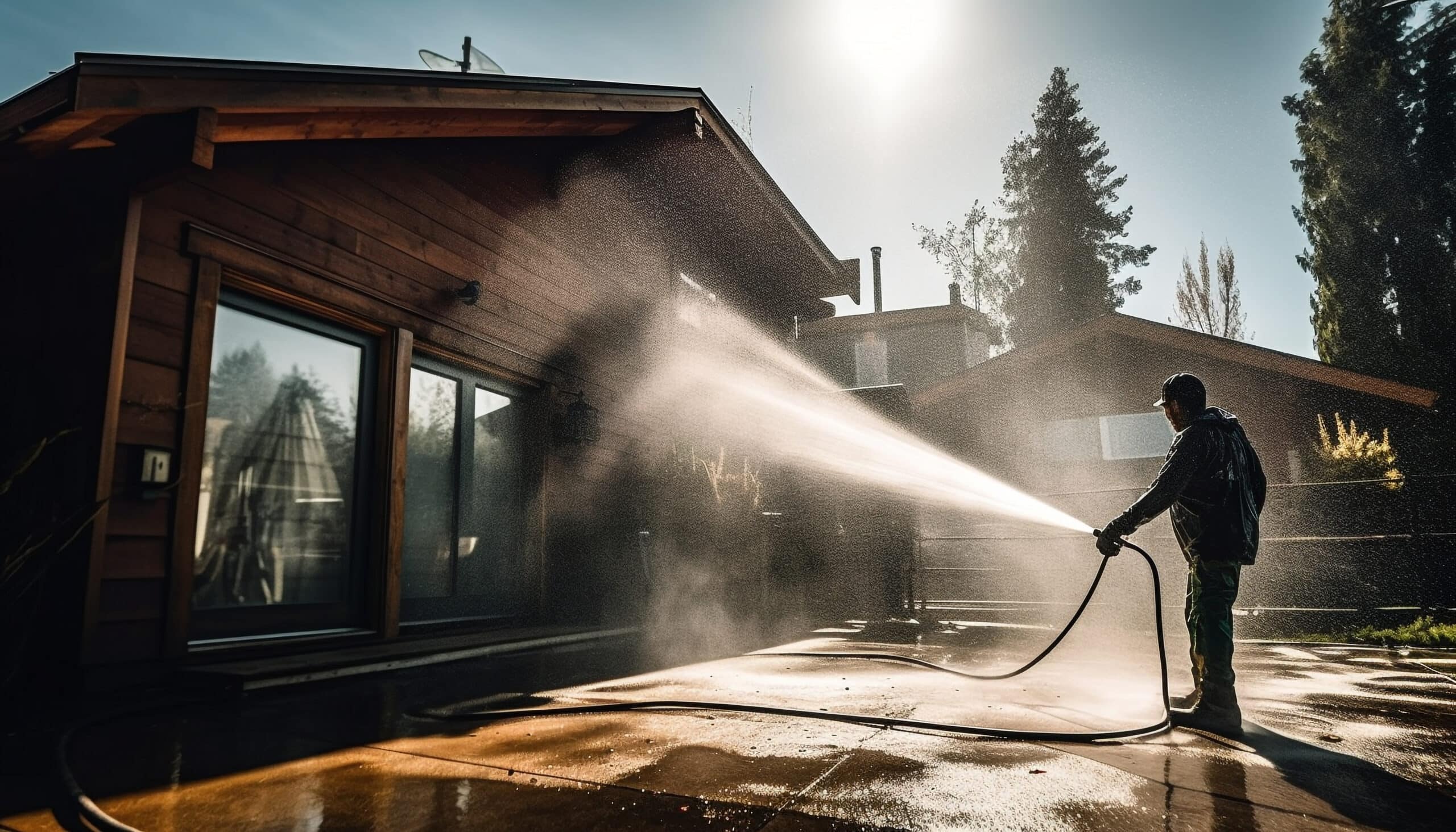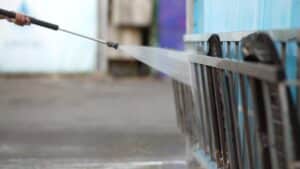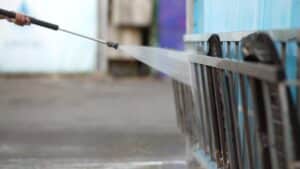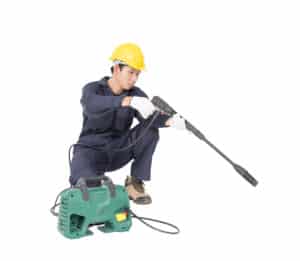How to Troubleshoot Common Issues with Your Electric Pressure Washer
Key Takeaways
- The article provides troubleshooting steps for common issues with electric pressure washers.
- The three most common issues discussed are: the machine won’t start, the motor stops running while in use, and low pressure or no pressure.
- The article also emphasizes the importance of consulting the operator’s manual and following safety precautions.
Electric pressure washers are a convenient tool for cleaning various surfaces, from driveways and decks to cars and outdoor furniture. However, like any other machine, they can encounter common issues that may affect their performance. In this article, we will explore the troubleshooting steps to address these problems and ensure your electric pressure washer operates smoothly.
1. Machine Won’t Start
If your electric pressure washer fails to start, there are a few possible causes to consider:
- Check if the power switch is turned on.
- Ensure that the outlet has power and the power cord is securely plugged in.
- Make sure the GFCI (Ground Fault Circuit Interrupter) hasn’t tripped. Reset it if necessary.
- Check if there is enough fuel and oil if applicable.
- Clean or replace the spark plug if it’s fouled.
- Inspect the carburetor for clogs and clean or replace it if needed.
By following these steps, you will address the common causes of a pressure washer not starting and increase the chances of resolving the issue.
2. Motor Stops Running While in Use
If your pressure washer’s motor shuts off unexpectedly during operation, the following steps can help troubleshoot the problem:
- Check for low voltage by testing the power supply.
- Ensure that the fuel tank is adequately filled and adjust the choke to the correct position if applicable.
- Inspect the oil level and clean or replace the air filter if necessary.
Addressing these factors may resolve the issue and prevent the motor from stopping while using the pressure washer.
3. Low Pressure or No Pressure
If your electric pressure washer is not generating sufficient pressure or there is no pressure at all, consider the following troubleshooting steps:
- Check if the water supply has enough pressure and flow.
- Clean or replace the water inlet filter if it’s blocked.
- Inspect the high-pressure hose, spray gun, and nozzle for blockages and clean them accordingly.
- Adjust the unloader valve to build more pressure.
By addressing these factors, you can restore the proper pressure output of your electric pressure washer.
4. Leaks
If you notice water, oil, or gas leaking from your pressure washer, the following troubleshooting steps can help:
- Tighten loose connections or replace damaged seals.
- Inspect the pump for any worn or damaged components and replace them if necessary.
Addressing leaks promptly will prevent further damage to your pressure washer and ensure its optimal performance.
5. Detergent/Chemical Injector Not Working
If the chemical or detergent injector of your pressure washer is not functioning properly, consider the following steps:
- Make sure you are using the correct nozzle for applying the detergent.
- Check for clogs or blockages in the soap tube inlet filter or soap inlet valve and clean them if necessary.
By following these troubleshooting steps, you can ensure the proper functioning of the detergent or chemical injector in your electric pressure washer.
6. Additional Resources and Safety Precautions
While the troubleshooting steps mentioned above cover common issues with electric pressure washers, always consult the operator’s manual specific to your machine for detailed instructions and safety precautions. It is essential to follow the guidelines provided by the manufacturer to prevent accidents and maintain the longevity of your pressure washer.
Related Websites:
FAQs:
Q: What should I do if my electric pressure washer has low or no-pressure output?
To address low or no-pressure output, you can try the following steps:
1. Check for any clogs in the nozzle or spray wand.
2. Inspect the water inlet filter for any debris that might be blocking the flow.
3. Ensure that you have a proper water supply and adequate water pressure.
Q: How can I troubleshoot if the motor of my electric pressure washer is not starting or running inconsistently?
If the motor is not starting or running inconsistently, you can try the following troubleshooting steps:
1. Verify the power source and connections.
2. Check for a tripped circuit breaker or a blown fuse.
3. Examine the power cord and switch for any damage or issues.
Q: What should I do if my electric pressure washer is leaking water or has hose connection issues?
If you are experiencing water leakage or hose connection issues with your electric pressure washer, you can follow these steps:
1. Inspect all hose connections and ensure they are properly tightened.
2. Replace any damaged or worn-out O-rings or seals.
3. Check for cracks or punctures in the high-pressure hose and replace if necessary.
Q: How can I address excessive vibration or unusual noise from my electric pressure washer?
To address excessive vibration or unusual noise from your electric pressure washer, you can take the following steps:
1. Ensure that the machine is placed on a stable and level surface.
2. Inspect for any loose or damaged parts and tighten them if necessary.
3. Lubricate the moving components as per the manufacturer’s guidelines.
Q: What are some general maintenance tips to prevent common issues with electric pressure washers?
To prevent common issues with electric pressure washers, consider the following maintenance tips:
1. Clean and inspect the pressure washer after each use.
2. Properly store the machine in a clean and dry location.
3. Follow the manufacturer’s instructions for maintenance and scheduled service.
4. Use recommended detergents and cleaning solutions for optimal performance.






